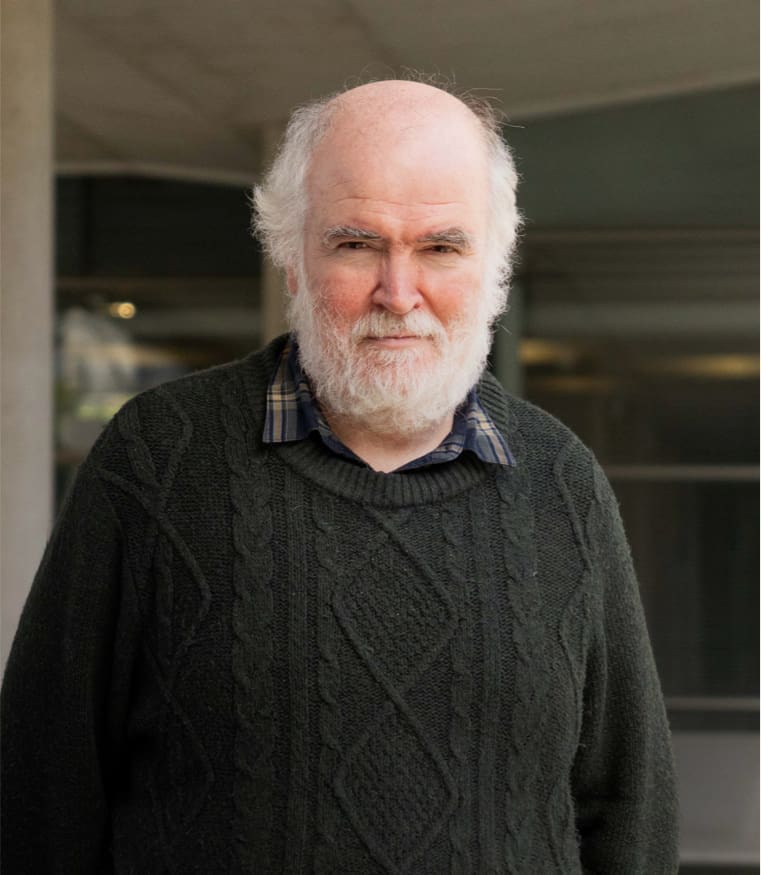A DFT Study of the Full Catalytic Cycle of the Suzuki-Miyaura Cross-Coupling on a Model System
A computational study with the Becke3LYP DFT functional is carried out on the cross-coupling reaction of vinyl bromide H2C=CHBr and vinylboronic acid H2C=CHB(OH)2 catalyzed by palladium diphosphine [Pd(PH3)2] in the presence of an excess of base OH–. The full catalytic cycle is computed, starting from the separated reactants and the catalyst and finishing with the cross-coupled product and the regeneration of the catalyst. The different stages in the cycle (oxidative addition, isomerization, transmetalation, reductive elimination) are characterized through calculation of the corresponding intermediates and transition states. Different alternative mechanisms are considered, depending on the number of phosphine ligands at palladium, and on the cis or trans isomery around the metal center. The results indicate the existence of a number of competitive pathways of reasonably low energy.

A. A. C. Braga, G. Ujaque, F. Maseras
Organometallics 2006, 25, 3647-3658
DOI:
Go to the journal

Let's create a brighter future
Join our team to work with renowned researchers, tackle groundbreaking
projects and contribute to meaningful scientific advancements




















